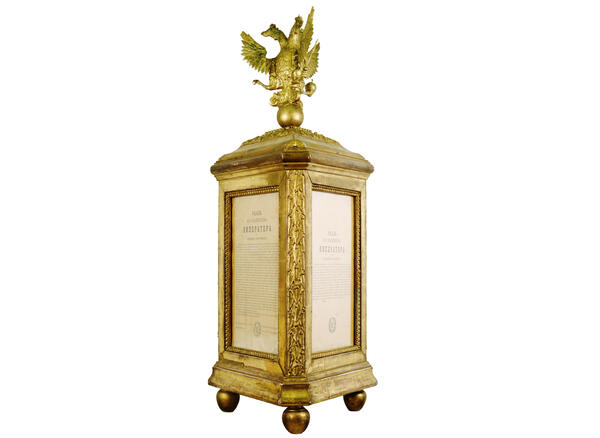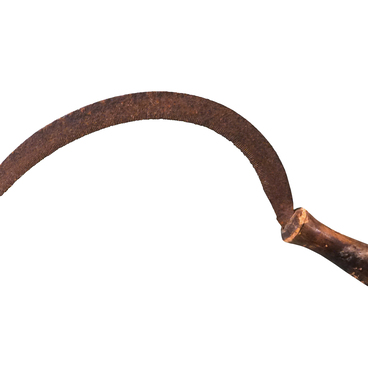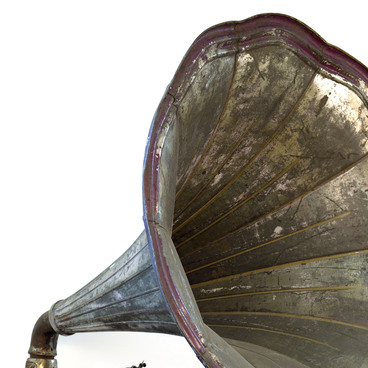In medieval Europe and the Russian state, the word “zertsalo” was used to refer to educational, didactic, legal, instructive treatises, and encyclopedias. This was also the name of a special type of armor worn by the nobility.
In the 18th century, under Emperor Peter the Great’s rule, this word had a new meaning. Three-sided prisms crowned with a double-headed eagle began to be called mirrors. They were installed in various institutions and three decrees of Peter the Great were placed on them: “On the preservation of civil rights, ” on behavior in judicial places, and on the importance of state charters.
One of the directions of the reform activity of the first Russian emperor was the improvement of the legal system. Peter the Great believed that fair laws regulating all aspects of the life of various strata of society, and their implementation are the basis of the life of the state.
The emperor ordered to install mirrors in all public places, including in the Senate, so that they remind officials of the need to observe laws and discipline.
The decree “On the preservation of civil rights” read:
In the 18th century, under Emperor Peter the Great’s rule, this word had a new meaning. Three-sided prisms crowned with a double-headed eagle began to be called mirrors. They were installed in various institutions and three decrees of Peter the Great were placed on them: “On the preservation of civil rights, ” on behavior in judicial places, and on the importance of state charters.
One of the directions of the reform activity of the first Russian emperor was the improvement of the legal system. Peter the Great believed that fair laws regulating all aspects of the life of various strata of society, and their implementation are the basis of the life of the state.
The emperor ordered to install mirrors in all public places, including in the Senate, so that they remind officials of the need to observe laws and discipline.
The decree “On the preservation of civil rights” read:



